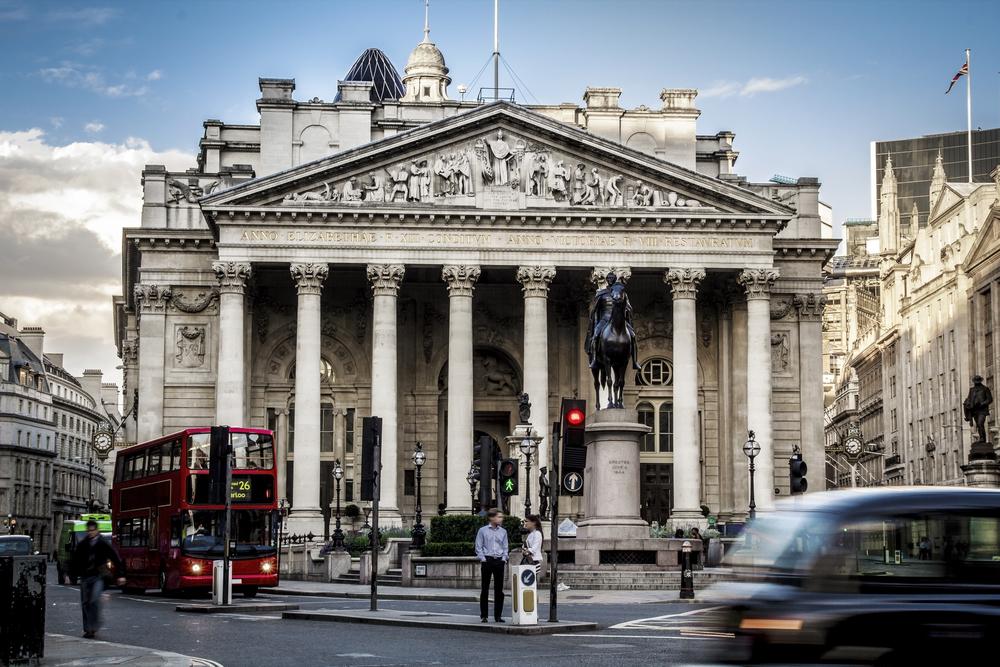The Bank of England has once again subjected Britain’s major banks to ‘stress tests’, in order to ensure that financial institutions can withstand future economic crises, with the Royal Bank of Scotland and Standard Chartered showing the weakest results.
This is the second time the test has been conducted, this year involving oil falling to $38 a barrel and a slump in the global economy. No bank was ordered to come up with a new capital plan, but out of the seven banks tested, RBS and Standard Chartered were both found not to have enough capital strength.
RBS chief financial officer Ewen Stevenson commented on the results: “We are pleased with the progress we have made relative to the 2014 stress test, but recognise we still have much to do to restore RBS to be a strong and resilient bank for our customers.”
After the test, all banks were told they would have to set aside more capital as part of a new measure that the Bank of England is introducing, called a “countercyclical capital buffer”, with the extra cash allowing more room to absorb losses in the case of a future financial crash.
Shares in the major banks have risen today on the results, with Lloyds Banking Group (LON:LLOY), Royal Bank of Scotland (LON:RBS) and Barclays (LON:BARC) in the top five risers on the FTSE 100, each rising more than 2 percent.
01/12/2015




